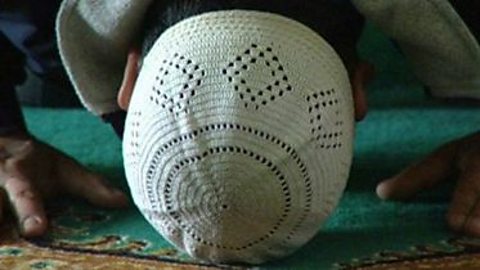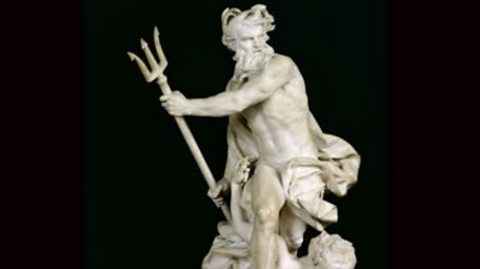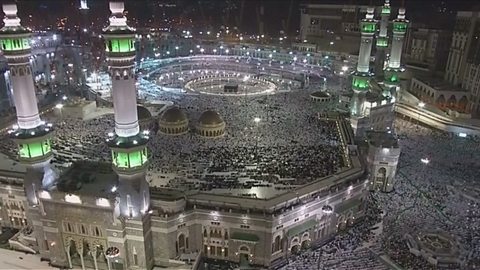Place of prostration
There are over 2.5 million Muslims in the UK and over 1,500 mosques. The mosque is a place to gather for prayers, to study and to celebrate festivals such as Ramadan. It can also be used to house schools and community centres.
The Arabic word for mosque, “masjid”, means “place of prostration”. The first mosque was the Prophet Muhammad's home in Medina, Saudi Arabia, a 7th-Century house with a large courtyard surrounded by long rooms.
The simplest mosque would be a prayer room with a wall marked with a “mihrab” – a niche indicating the direction of Mecca, which Muslims should face when praying. A typical mosque also includes a minaret, a dome and a place to wash before prayers. Each feature has its own significance.
CLICKABLE: The mosque revealed
Click or tap on the image below to explore the different features of a mosque.
Learn more about this topic:
Sunnis and Shias: What's the story? document
Sunni and Shia Muslims: What is the difference between the two, and is there a connection between this age-old split and conflict around the world?

Are we wired to believe in a higher power? document
Why is religion everywhere? Psychologists, anthropologists and even neuroscientists have come up with a number of theories about our predisposition to believe.

My Life, My Religion: Islam. collection
A series of short films in which Kaisan and Naeem (both 12 year's old) and 11-year-old Sara explain the traditions and beliefs of their Muslim faith.
